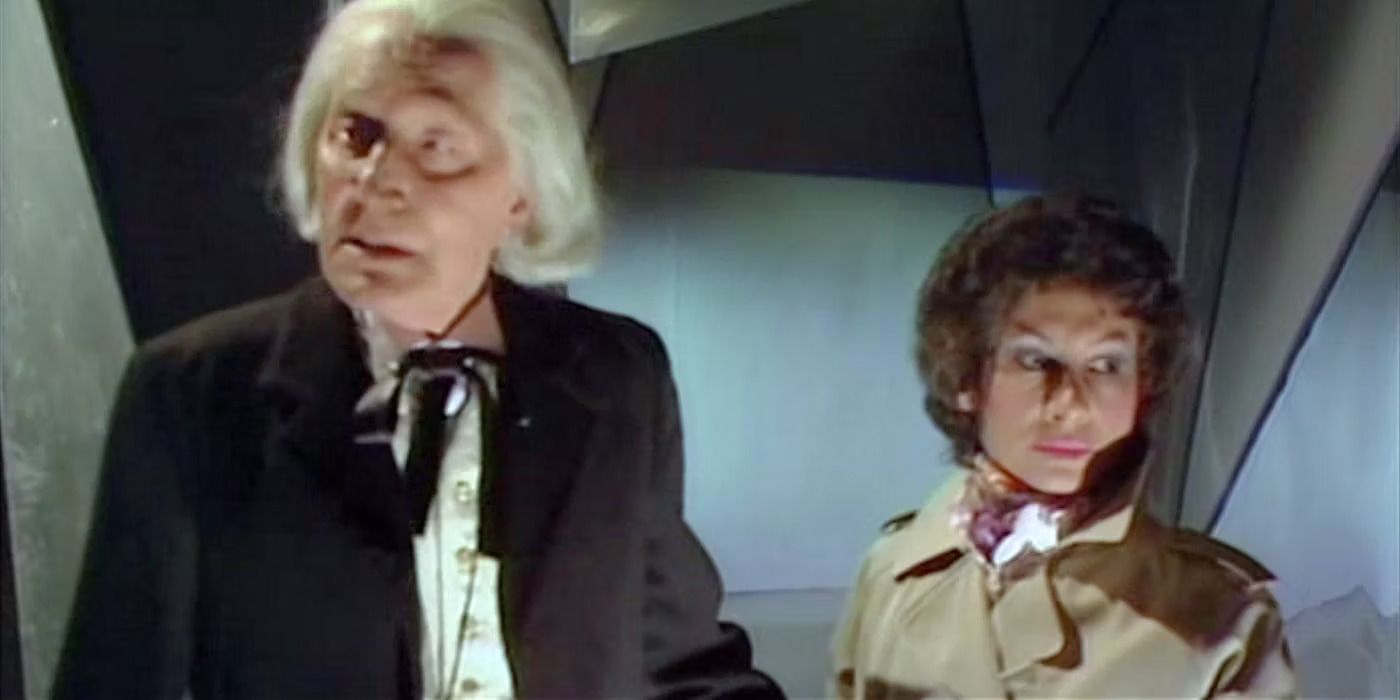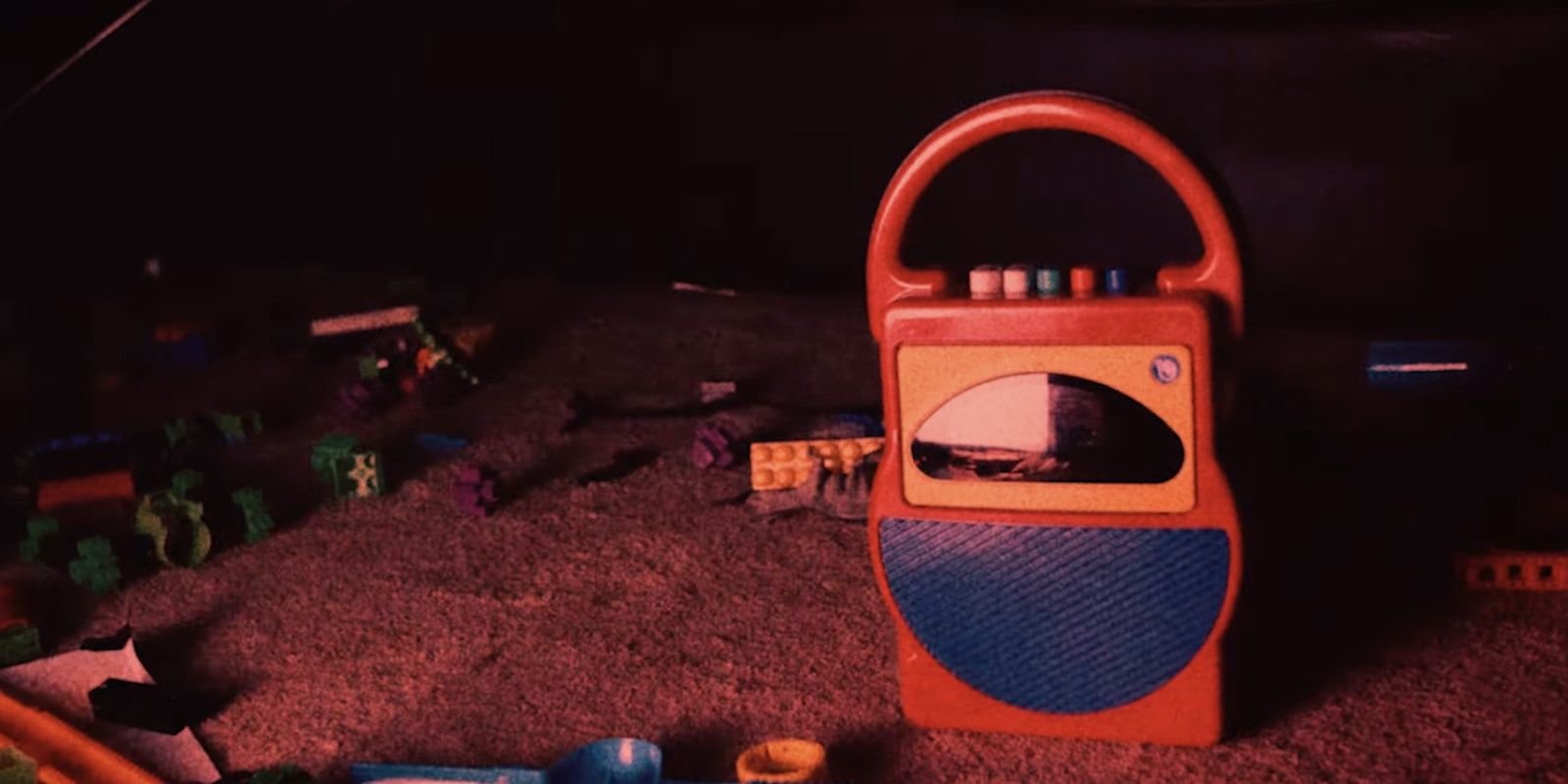Before Kyle Edward Ball burst onto the indie filmmaking scene as the writer and director of Skinamarink, he specialized in creating frightening short films for a small but fervent online community. He launched the YouTube channel Bitesized Nightmares in 2015 and based his shorts on actual nightmares submitted by his followers. It’s a treasure trove for fans of liminal and experimental horror. It’s also an insightful window into the evolution of a unique filmmaker where Ball is essentially cutting his teeth and honing a complicated style.
One short that stands out is Heck, and Official Selection at the Videoscream International Film Festival 2020. It feels like a prequel for Skinamarink, and Wikipedia confirms that Ball created it as a proof of concept for what he hoped would be a longer cinematic endeavor. Those who may be curious about Skinamarink, intrigued by its buzz but concerned by its polarizing reception, are advised to give Heck a spin before biting the bullet. On the flip side, those who have seen Skinamarink should be just as keen to explore Heck as it holds many keys to both understanding and appreciating Ball’s debut feature film.
Heck is a slimmed down version of Skinamarink, in both its runtime and its world-building. There’s only one child (as opposed to a pair of siblings) and one parent (as opposed to a seemingly dysfunctional couple). This makes the delivery and execution sharper and, in many ways, more poignant. While important scenes and themes developed in Skinamarink don’t exist, what we do see feels somehow more tangible and therefore terrifying. Still, it’s difficult to regard Heck as something independent of Skinamarink, something in and of itself. Though unique, the two films essentially feel like one creating a genuinely enhanced experience.
Why It’s Valuable to Watch Heck Before Seeing Skinamarink
The main reason horror fans should see Heck before plunging into Skinamarink is to make sure they’re receptive to the style. The most controversial aspect of Skinamarink is unquestionably its delivery. It has a found footage aesthetic despite taking an omniscient storytelling approach. Most of the action takes place off-screen with the camera focusing on walls, ceilings, dark corners, and ominous hallways. Though recorded digitally, Heck and Skinamarink use filters to create an aged, filmic effect that enhances the organic darkness. There is a lot viewers don’t see because they can’t see; the resolution simply won’t allow it. All this on top of a soundscape buzzing with static and muffled, disembodied voices. Frankly, it’s no walk in the park.
If IMDB analytics are any indication, about half of those who see Heck will decide it’s not their cup of tea, which is fine. They’ve only lost 28 minutes instead of 100 minutes (the full runtime of Skinamarink). Those who find themselves intrigued by Heck, on the other hand, will now be primed to dive into the often oppressive darkness of Skinamarink. They’ll be better equipped, arguably, as time won’t be lost acclimating to Ball's captivating though objectively challenging approach. Those seeing Skinamarink blind may struggle to imagine the immensity of what’s being presented, but those who have seen Heck will have a notion regarding how deep this rabbit hole goes.
All said it’s important to note that watching Heck will not “spoil” the experience of seeing Skinamarink. It will certainly hit differently, but Skinamarink is a much deeper, more involved experience. There will still be plenty of surprises.
Why It’s Valuable to Watch Heck After Seeing Skinamarink
Heck is not Skinamarink and Skinamarink is not Heck. They are unique. But, as previously mentioned, they are somehow, inexplicably, the same. The unnamed boy in Heck could very well be Kevin from Skinamarink. Heck may very well have been filmed in the same house as Skinamarink. Viewers may see the same tape recorder, Legos, and television set. (Sadly, or thankfully, the Fisher-Price Chatter Phone doesn’t make a cameo.) It’s more than just closely related, making Heck a key to deciphering Skinamarink’s most perplexing riddles.
There are hints of death in Skinamarink, but it’s much more explicit in Heck, validating interpretations suggesting Kevin and Kaylee are trapped in Limbo—or worse. The seemingly random cartoon playing throughout Skinamarink are confirmed to have great symbolic parallels to the action unfolding. The strange chronologies of Skinamarink are amplified in Heck, where we see the passage of time marked in “sleeps” instead of "days." Whereas Skinamarink implies that the torture endured by the siblings may be infinite, Heck confirms it.
Skinamarink is a heavily liminal horror experience, one that sends viewers’ eyes darting into dark corners in the hopes of identifying potential threats, not to mention clues to explain these strange experiences. Heck has additional dark spaces to explore along with different perspectives and new clues. The bottles of alcohol behind a box of Corn Flakes, for example, seem to confirm a family dysfunction that’s left completely nebulous in Skinamarink.
Pieces of the Same Puzzle
Skinamarink is, objectively, a challenging cinematic experience, one destined to have a divisive legacy. Heck, while less than a third the length, is no cakewalk either. Both represent a deliberately challenging method of storytelling that simply won’t resonate with everyone. But just as those curious about Skinamarink may be tantalized by Heck, those with unanswered questions regarding Skinamarink may find the answers they’re looking for by exploring its predecessor. You can watch Heck now, along with dozens of other nightmarish shorts, on the Bitesized Horror YouTube page.
Skinamarink is now streaming on Shudder.




